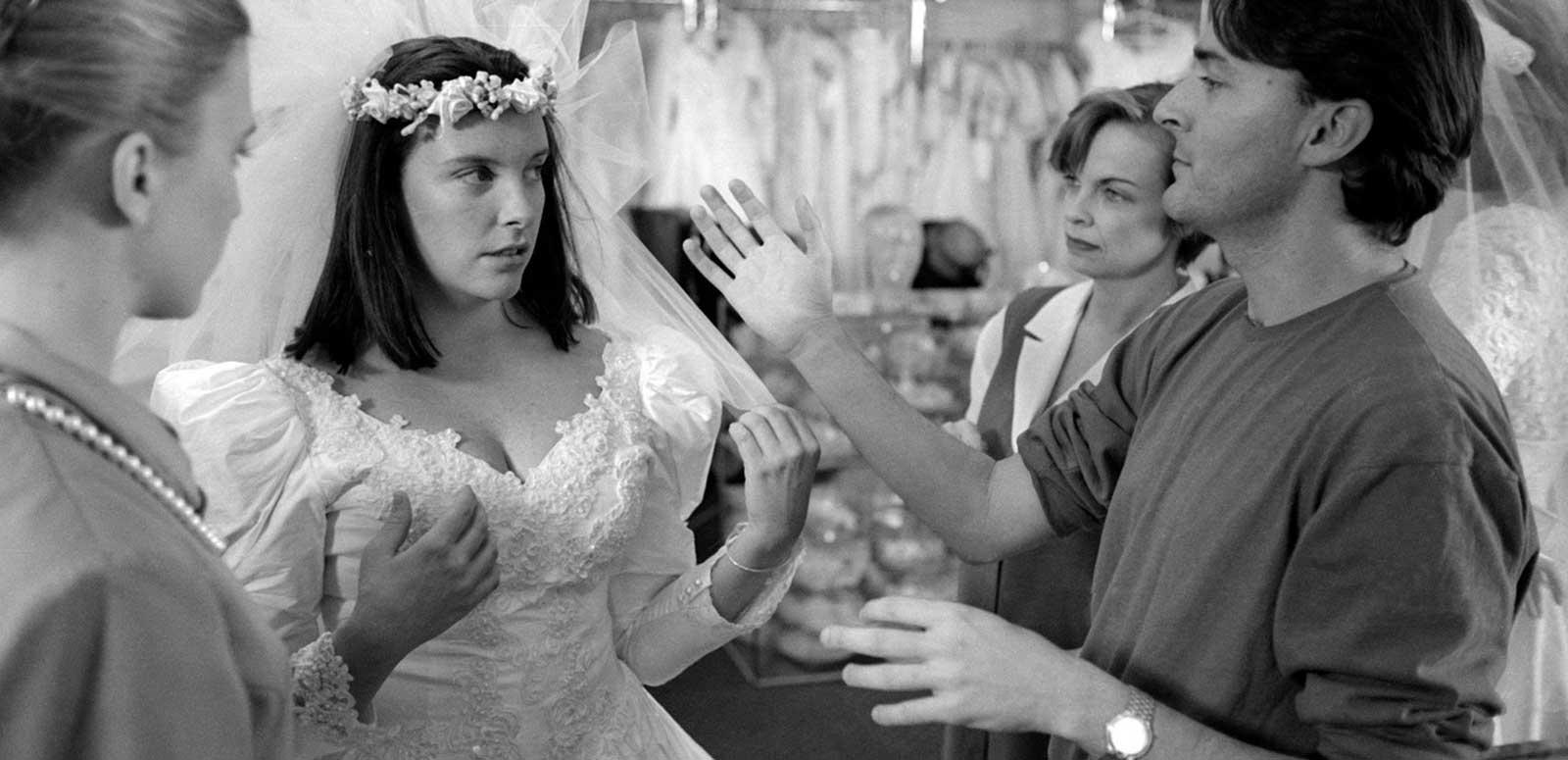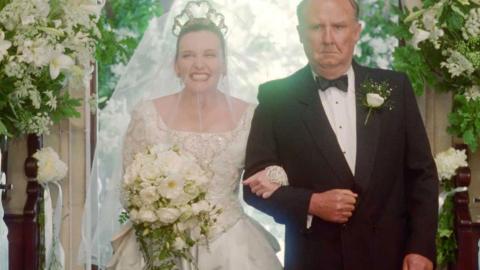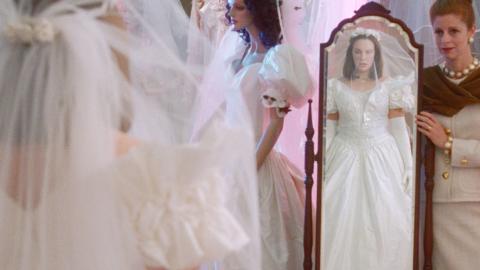Please note: this article discusses key plot points from Muriel's Wedding
More than three decades after its release, Muriel's Wedding continues to captivate audiences worldwide. It was given new life with a modern musical adaptation, but a restoration of the film through the NFSA Restores program in 2024 is a testament to its enduring legacy. Amal Awad speaks to the film’s writer and director, PJ Hogan.




